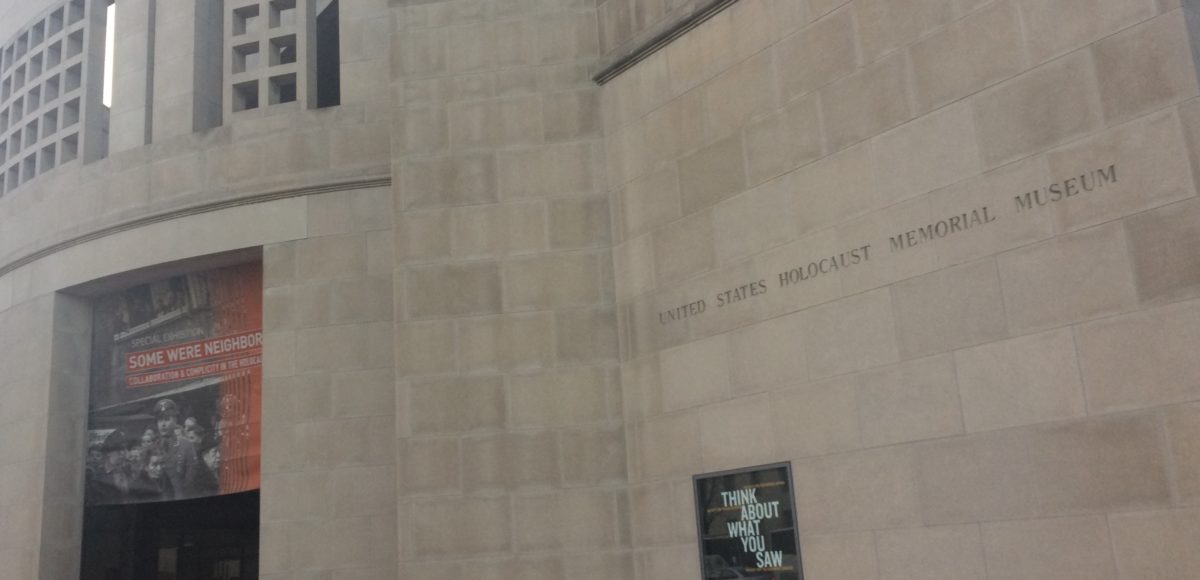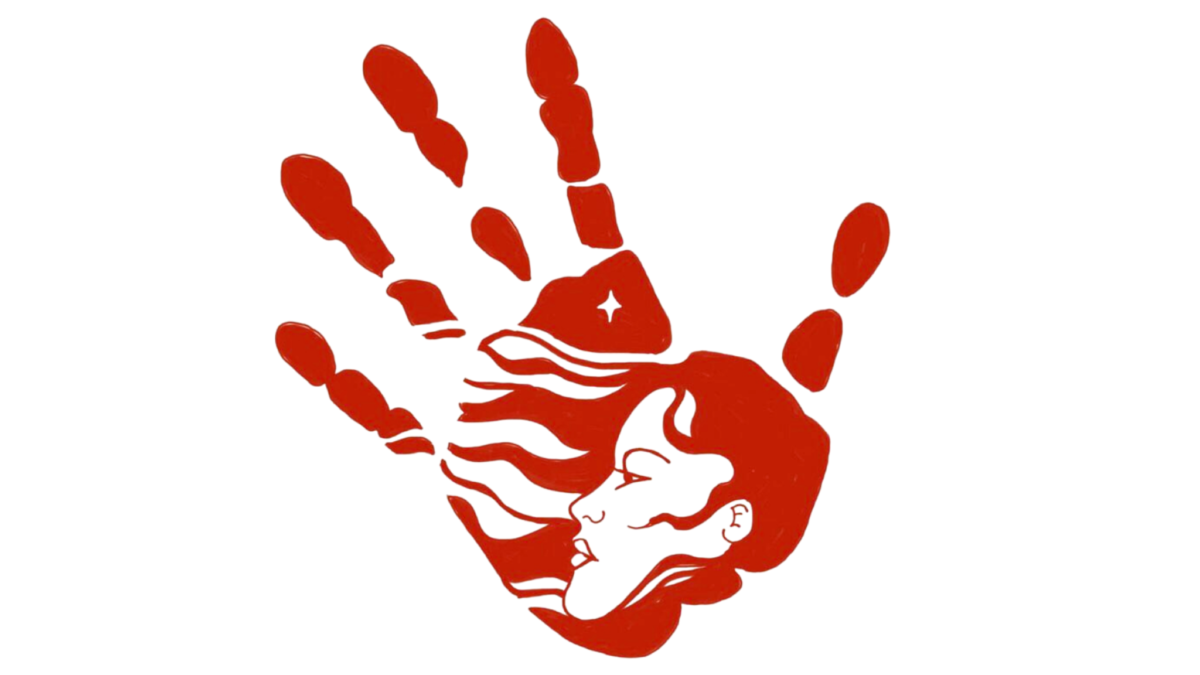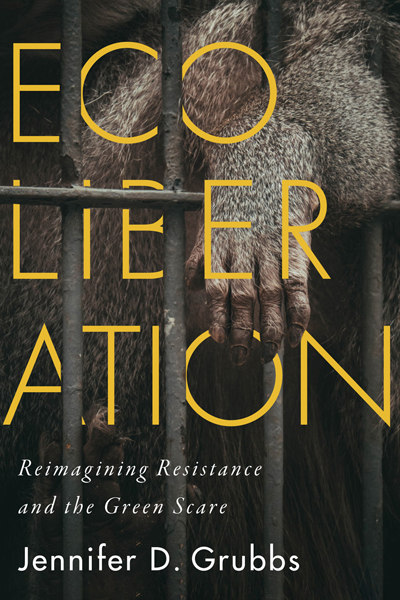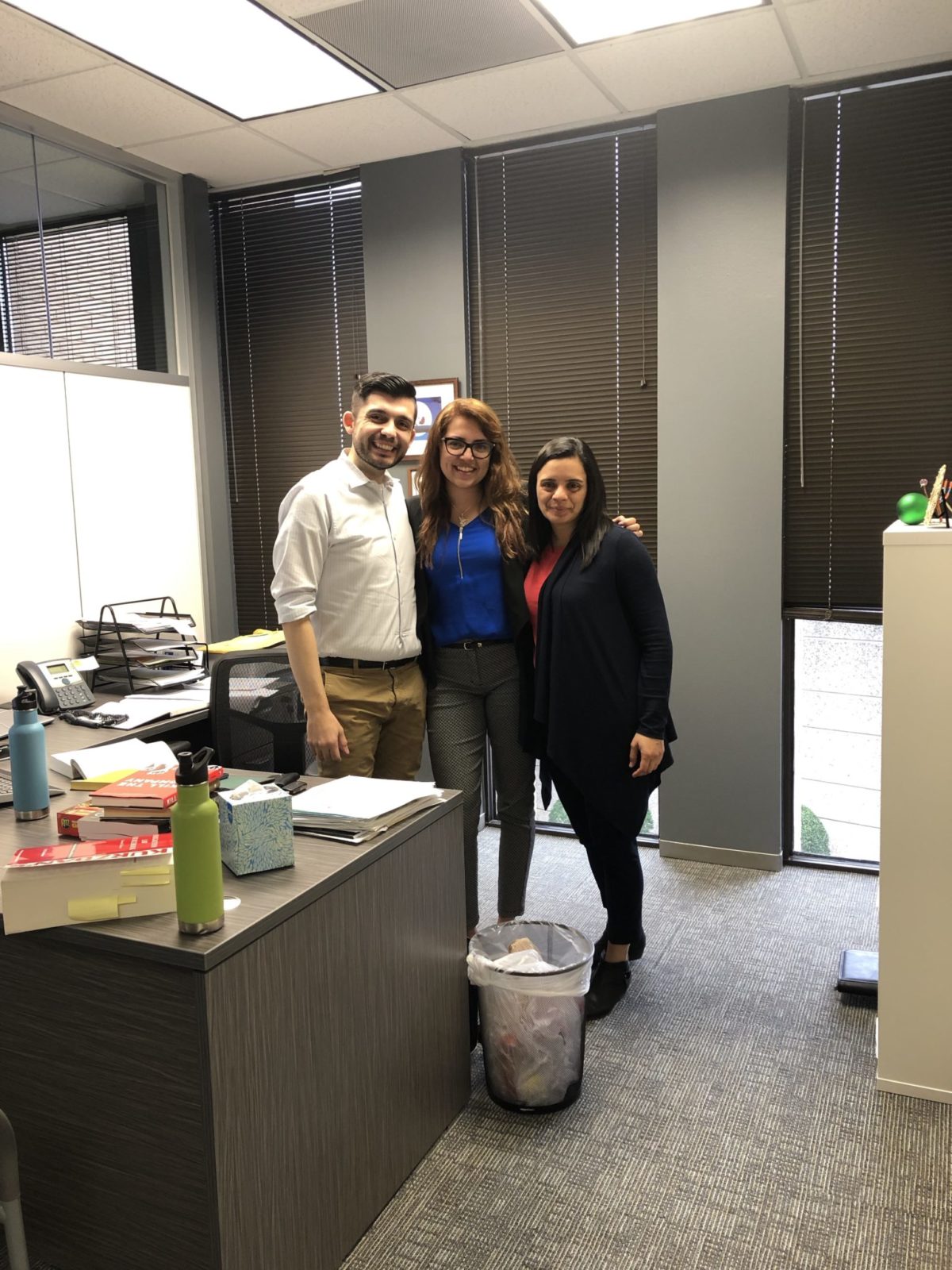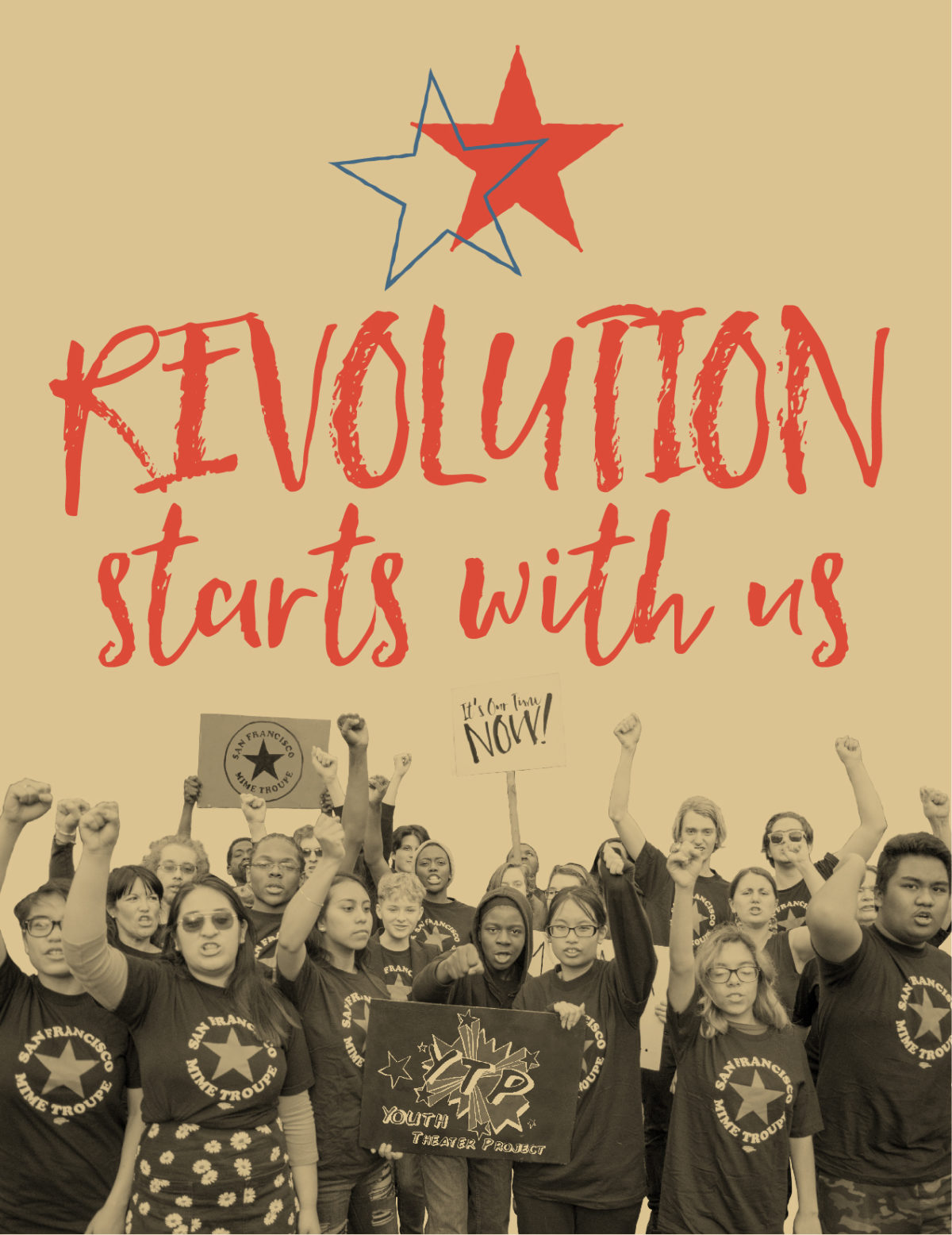The beginning of my fall quarter began with me learning even more than I expected. Before starting work with the Holocaust Art Restitution Project, I imagined that I would learn some things, most of all about the process of art restitution. However, I didn’t expect just how much I would learn about the Holocaust, the history of the systematic looting of art and everything else from Nazi forces, and just how difficult it is for Holocaust victims and their descendants to find some semblance of legal justice even to this day.
Despite the fact that my field of interest is different than research or law, I decided that knowing the history involved with a piece of art or cultural object is always important. Many of us (myself included!) love museums for what they represent—a way to see a vast collection of history immobilized in a single place, whether it’s strictly art or a more comprehensive collection of things. For many people who could only ever see places like Egypt and France in their dreams, the artifacts and grand paintings are a very precious experience.
However, the Holocaust Art Restitution Project and I are both committed to remembering that museums are a part of the history attached to the objects within them, and that history can include both good and bad dimensions. This is why the Holocaust Art Restitution Project commits itself to documenting for the public the stolen, lost, and destroyed art during the Holocaust period continuing on into today. Museums, individuals, and governments have knowingly and unknowingly taken part in this spoliation over time, and it is important for people to keep this in mind.
With that knowledge in mind, I began to take interest in what measures were being taken to provide even a small amount of legal justice to the vast numbers of those who were robbed during the Holocaust. My research now has been focused on examining what policies and organizations that governments across different nations are taking in order to restitute artwork to those it was stolen from. How do the measures taken by various countries and non-governmental organizations align with declarations agreed upon regarding restitution measures? Are these actions enough, and is it right to put a timeline on legal compensation?
I hope that through my research I can answer some of these questions for myself and perhaps others, and that I can continue to keep in mind the role history plays in museums and the art world, as well as my involvement within it.


